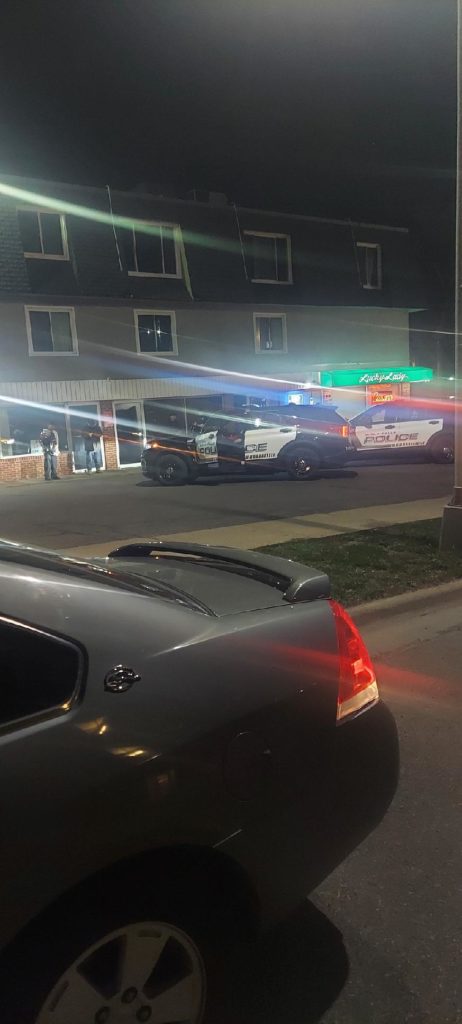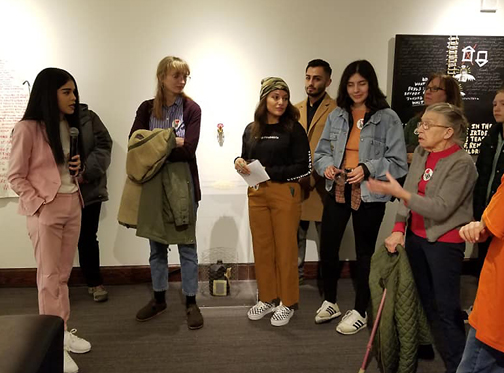Besides the lack of open government and transparency the authoritarians running this city went full dictator tonight and shut off the audio of two public inputers (fast forward to the Lucky Lady Casino public input. During Sierra’s testimony, Pettigrew Neighborhood Association president, the last minute was shut off and the first minute of the next inputer. This wasn’t just shutting off the public input microphone, but the entire room was silent.
I’m not a videographer, but it was pretty obvious this was probably done intentionally and NOT a technical glitch.
UPDATE: The latest from the city is that someone ‘accidentally’ hit the button. I guess my question is who ‘accidentally’ turned the button back on 🙂
I noticed a few weeks ago that when David Z was giving one of his usual public inputs with his printed out slides that they did not show the slides in the video. Maybe that was a dry run?
This isn’t just an open meetings violation, BUT a clear violation of the 1st Amendment. Unless an inputer is cussing like a sailor or threatening elected officials, they have the right to say whatever they want to. The public doesn’t have to follow the decorum rules, even though they should, those rules are for those on the dais.
When local governments start censoring their citizens at public meetings we have serious issues with who is governing us.
UPDATE: MAYOR TENHAKEN ADMONISHES LEGACY DEVELOPMENT
During the debate over the casino issues last night Paul admonished Legacy Development for NOT selling the troubled property to the city three years ago when he met with them privately to buy the property.
I was told about the meeting three years ago, and from talking to a couple of different sources it seemed believable. I told a couple of different reporters with NO followup. I guess if you want to get the news around here you have to wait 3 years for the mayor to tell us about it.
My concern wasn’t the failed deal, my concern than and now is that the city should get out of the land speculation business and he shouldn’t be cutting real estate deals behind closed doors without the council being at the table.
The irony of this is that the city has plenty of ordinances and regulations on the books to take care of this property, they just have to stop deferring and start acting. Last night’s decision was easy. Apply the laws you currently have on the books to stop the short term problems and create a long term solution to the neighborhood problems.
YOU CAN DO BOTH AT THE SAME TIME!
I think one of the reasons the state isn’t building their one-stop facility DTSF is because they want to move those kind of services away from downtown.
Picture below was taken right after the city council meeting last night.



